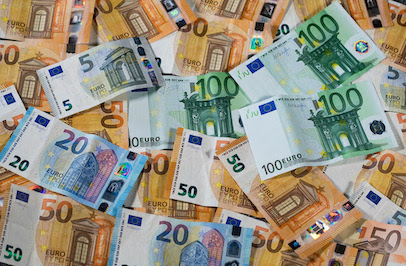By Jan-Uwe Ronneburger, dpa I Tuesday, Jan. 16, 2024
BERLIN – European clothes, cosmetics and toy manufacturers are making annual sales losses of around €16 billion ($17.5 billion) as a result of counterfeit products, according to a study published on Tuesday.
Around 200,000 jobs have also been lost as a result of this fraud, the new research from the EU Intellectual Property Agency (EUIPO) shows.
“Counterfeit goods cause real costs – for consumers, for brands and for our economies. This latest study shows the very real costs in terms of lost sales and jobs in the EU,” EUIPO Executive Director João Negrão said.
German large toy industry is among the hardest hit sectors in the EU, accounting for a third of annual sales losses (334 million euros) due to counterfeit goods. The country most affected by counterfeiting in the clothing sector is Cyprus, while in the cosmetics sector it is France.
The clothing industry loses almost €12 billion in revenue every year or 5.2% of its total turnover.
The European cosmetics sector and the toy industry also reported significantly lower sales due to counterfeit branded products: Turnover losses amounted to €3 billion for cosmetics (4.8%) and €1 billion for toys (8.7%).
Counterfeiting also has a significant negative impact on the labour market. According to the EUIPO study, which is based on data from 2018 to 2021, 160,000 jobs have been lost in the clothing sector, 32,000 in the cosmetics sector and 3,600 in the toy sector.
At the same time, counterfeit branded goods often pose serious health and safety problems for consumers. This applies in particular to counterfeit cosmetics and toys.
According to the EUIPO, 15% of goods seized at the EU’s external borders in 2022 were potentially dangerous counterfeit products.
The main reason why consumers turn to counterfeit products is that the price of the original is perceived to be too high. This is according to a study conducted by the EUIPO last June.
According to the study, one third of Europeans consider it acceptable to buy a counterfeit product in such a case. Among young people, this even half would accept counterfeit products, the agency says.
Based in the Spanish city of Alicante, the EUIPO is one of the largest decentralized agencies in the European Union and is responsible for the registration of European Union trademarks and Community designs.

